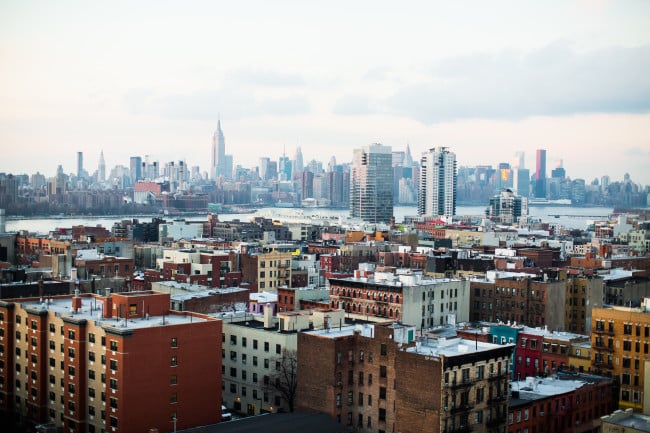Sales in 'white-hot' Brooklyn and Queens markets set to cool off in coming months
Brooklyn and Queens set median and average price records this summer, but there are indications that their growth may be slowing, due to rising mortgage rates, affordability, and tax change uncertainty, according to Douglas Elliman's third quarter 2018 sales report.
Brooklyn’s median sales price increased 2.3 percent year-over-year, to $808,000, while Queens’ rose 4.3 percent to $573,500. But sales were down .5 percent in Brooklyn, to 2,898, and 5 percent in Queens, to 3,672.
In addition, Brooklyn and Queens set records for average sales prices, rising 7.2 percent in Brooklyn, to $1,051,999, and 3.4 percent in Queens, to $635,281. There were other milestones as well: This is the first time Brooklyn’s median price surpassed $800,000 (and the sixth quarterly record in the past two years) and the first time the average price exceeded $1,000,000.
“At the same time as records were being set, the number of sales slipped in Brooklyn and Queens,” says Jonathan Miller, president of the appraisal firm Miller Samuel and author of the report. “Even within these robust markets, the extended period of rising prices, rising mortgage rates, and uncertainty caused by the new federal tax law, there are indications that the pattern of rising prices will slow in coming quarters.”
The Brooklyn sales dip occurred even with listing inventory jumping 72.6 percent, to 3,151. Days on market also slipped a little, going from 85 to 80, but the listing discount rose, to 4.3 percent.
“As they relate to the health of the housing market, sales and inventory are [stronger] leading indicators, and pricing is more of a lagging indicator,” Miller says, adding that though inventory rose significantly in Brooklyn, that’s coming off a record low from a year ago. At 3,151, it’s still 17 percent below the 10-year quarterly average of 3,790, he explains.
Brooklyn is really an outlier in the region, because it’s market has changed so much the past five years, when it went from being a “cheap” alternative to Manhattan to being a competitor, Miller says. “It’s hard to compare the current performance against historical trends. It’s a different market from a decade ago in a much more significant way than the other boroughs.”
In Queens, which continues to benefit from Brooklyn spillover, the days on market dropped significantly compared to a year ago from 81 to 57, while the listing discount also slipped, to 1.7 percent.
But you have four consecutive quarters of sliding sales on a year-over-year basis, Miller says, and six consecutive quarters of rising inventory. “Inventory is not considered high, sales are not considered low, but the market is clearly downshifting from white-hot conditions the last couple of years.”
Still, it remains strong. The current absorption rate is 4.3 months, compared to 8.9 months for Queens’ 10-year average.
In both markets, co-op and one- to three-family properties prices set records, as condo sales dropped for the fourth consecutive quarter. Luxury median sales in Brooklyn remained stable at $2,500,000, while in Queens they increased 1.6 percent to $1,280,000.
The report also included statistics for Riverdale. The neighborhood’s median sales price also hit a record, jumping 15.2 percent to $345,500, and number of sales bucked the downward trend in Brooklyn and Queens by increasing 18.8 percent, to 158. Co-ops showed the largest gain in median sales price, but the surge in overall average sales size was caused by more higher-end activity: The luxury median sales price jumped 59.5 percent to $1,546,307.
You Might Also Like




























